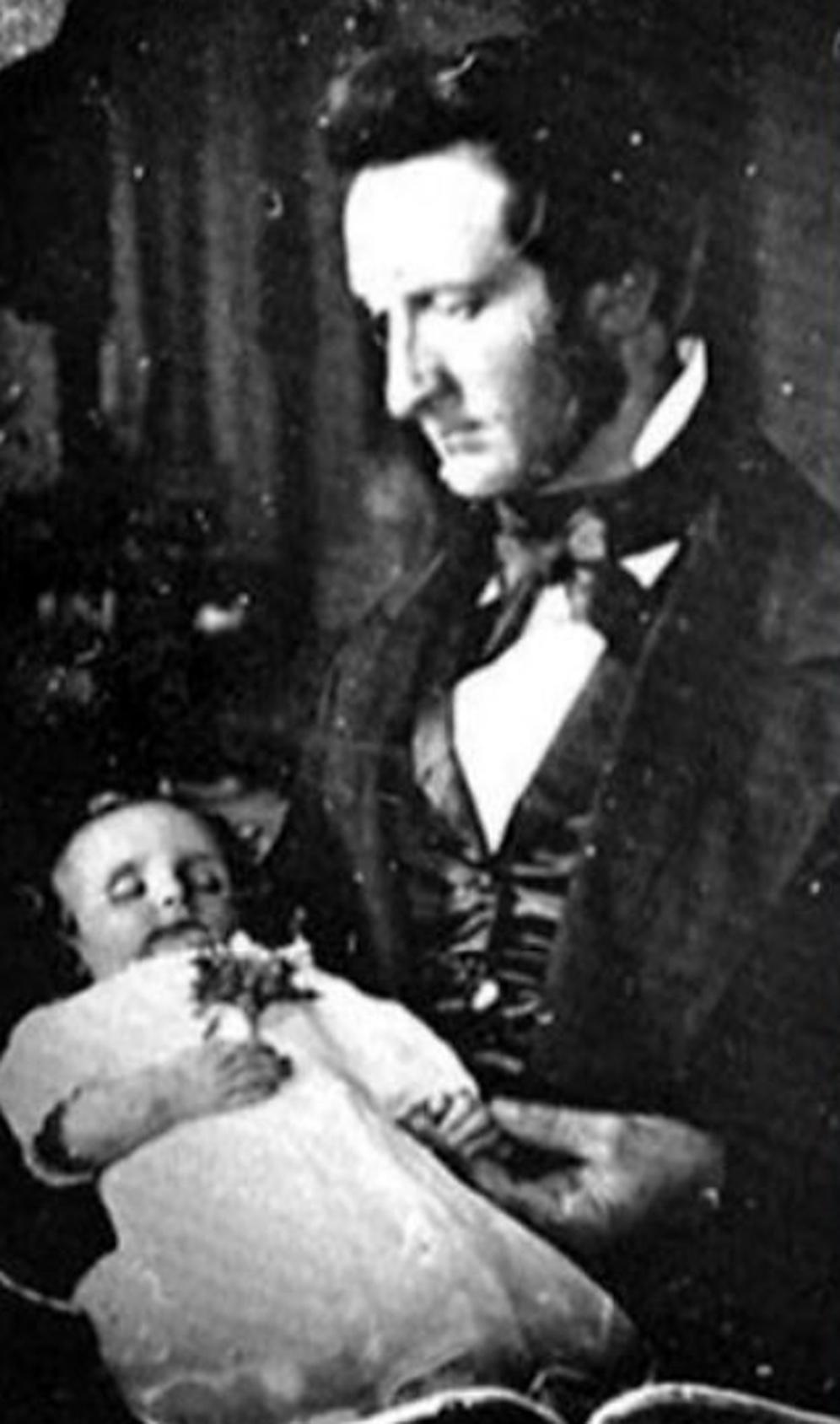Gertrude’s commentary: Here is a picture I captured of Lord Taylor and his late daughter Lily. This picture is one of my favorites for numerous reasons. For one, Lord Taylor reminds me of my father. The way he talked about Lily with such grande eyes is the same way my father would talk about one of his own — oh how I miss him dearly. Aside from that, I think this is one of my best photographs yet and how could I forget Lord Taylor was the dearest of customers so to speak. We discussed a plethora of topics during our session. In fact, he expressed how the town needed a change of pace, as far as women doing something out of the ordinary, and how he was happy I was one to do so. With that being said, Lord Taylor gave me a generous tip and voluntarily spread the word. By the next week, the whole square knew of the shop, thanks to him. One by one, customers began to come to us for their family portraits. This definitely gave me the hope that I needed, with the shop just opening. From there on out, I was able to envision a lot in store for my sisters and me at the shop. Perhaps I should frame this picture and hang it. I can use it as an example when people ask can they take a look at the work we’ve done with the dead. When I think about it, we have been getting many requests for those types of pictures lately. I shall ask the girls and see what they think.
Editorial commentary: The photography industry greatly emerged during the Victorian era. Pictures were captured via the daguerreotype method, the first commercial photographic process. It consisted of using a copper plate in the camera and letting the image develop through heated mercury vapor (National Portrait Gallery). This process became widely used for a variety of portraits. Simultaneously, the Victorian era was marked by a strong obsession with death. Together, this created post-mortem photography. When a family member was to die, Victorians would have family portraits done, those which included the late family members. Gertrude’s picture serves as a common example of what a traditional post-mortem picture would look like during this time period. As seen, family members would pose with their late relatives as if they were alive and use the photograph as a keepsake and oftentimes display it in the household (Post-Mortem Photography). During the Victorian era, premature death was catalyzed by a variety of factors such as urbanization, the spread of diseases, and poor hygiene practices. Child mortality rates peaked, as 33% of children under the age of five were expected to die prematurely in the mid-1800s (Post-Mortem Photography). With this being said, mourning was a common activity for Victorians, for death was not established by old age. As a result, post-mortem photography was seen as a tradition that was formed to express condolences and to show love and respect. Post mortem photography framed Victorian culture and revealed how society perceived death. Although photography was at its peak during this time period, female photographers were not. This relates to Lord Taylor’s comment on Gertrude “doing something out of the ordinary”, as a Victorian society only permitted women to have domestic roles. Photography did not define domesticity resulting in the unlikelihood of female photographers.
Citations:
“Daguerreotype.” National Portrait Gallery, www.npg.org.uk/collections/explore/glossary-of-art-terms/daguerreotype…;
Post-Mortem Photography: Understanding How It Started. 9 May 2020, www.thecollector.com/post-mortem-photography/.


